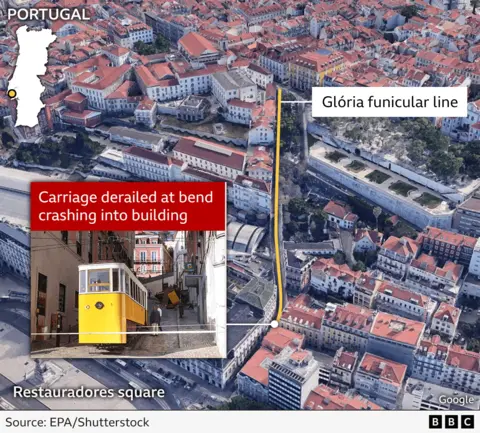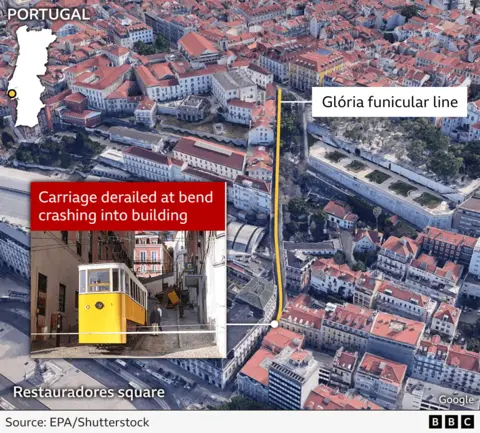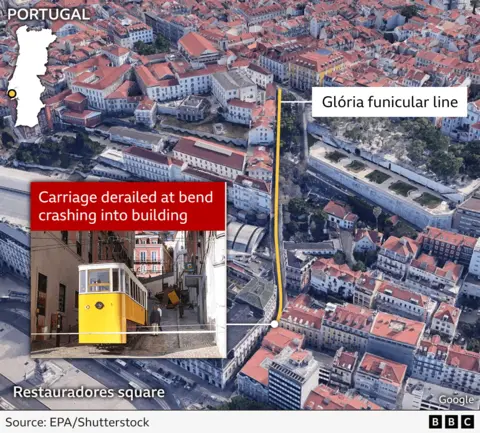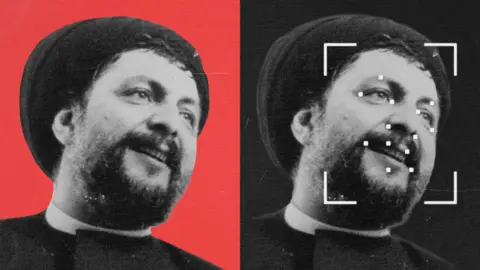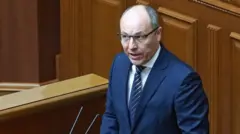In the unfolding investigation of Air India Flight 171's tragic crash that occurred in June, new findings related to cockpit audio have added layers of complexity to the already intricate case, where 260 lives were lost. Preliminary analyses reveal that the critical preconditions for the crash involved the Boeing 787 Dreamliner's fuel-control switches being inadvertently moved to the "cut-off" position mere seconds post takeoff. This maneuver resulted in both engines being deprived of fuel and consequently losing all power.
The cockpit voice recorder has emerged as a pivotal piece of evidence, capturing a conversation in which one pilot queries the other about the fuel switches being cut off, only to be met with a denial. Investigators were not able to ascertain who made each remark, raising significant confusion regarding the sequence of events. At the moment of departure from the runway, the co-pilot was at the controls while the captain oversaw the procedure.
The flight, which had reached an altitude of 625 feet amidst clear skies, completely lost location data within the first 50 seconds, culminating in a crash into a densely populated area of Ahmedabad. A detailed 15-page report published on Saturday shines light on early insights from the thorough investigation, which incorporates expertise from various organizations including Boeing and General Electric as well as aviation regulators from India, the US, and the UK.
Central to the investigation is the intrigue surrounding the locking mechanism of the fuel switches. Aviation experts pointed out that these levers are engineered for utmost reliability and safety, requiring an explicit action—lifting them—to unlock before switching positions. This design raises eyebrows concerning how both switches were moved to "cut-off" simultaneously, leading aviation expert Shawn Pruchnicki to speculate whether it was a deliberate action or merely an error from confusion. Further complicating matters is the absence of any indication of an equipment malfunction.
Former NTSB managing director Peter Goelz expressed concern about the unsettling nature of the cockpit conversations. He advocates for comprehensive analysis, including voice I.D. verification to establish who was responsible for manipulating the fuel switches.
In a broader context, the report mentions that back in December 2018, the US Federal Aviation Administration had flagged an issue concerning the disengaged locking feature of some Boeing 737 fuel control switches. This raises the prospect that similar vulnerabilities could exist in the Boeing 787 models, including Flight 171, which may have policy implications specifically for Air India.
Despite speculation around potential technical glitches with the aircraft's electronic control systems or fuel management, earlier assessments found no evidence of mechanical malfunction, looking instead at external factors such as fuel contamination. As the investigation continues, experts emphasize the critical need for digital records in cockpit environments to clarify the responsibilities of the flight crew.
A seasoned pilot emphasized the rapid decision-making demands placed on flight crews during emergencies, contending that maintaining control of the situation will push immediate concerns ahead of procedural operations like retraction of landing gear.
Ultimately, the continuing investigation remains focused on unveiling the full circumstances leading to such a catastrophic incident with hopes that perpetuating safety measures in aviation can eliminate the recurrence of such tragedies.










